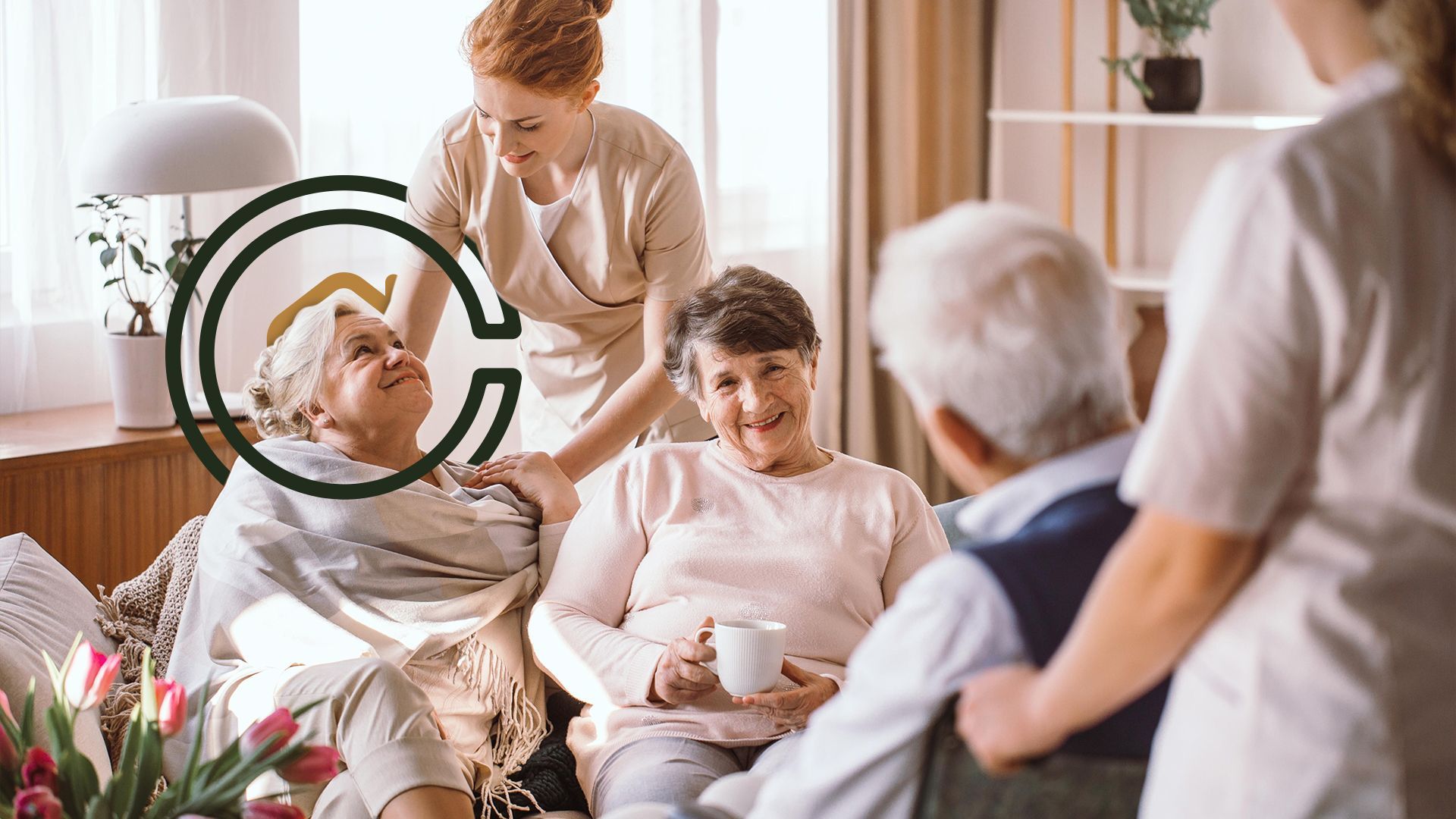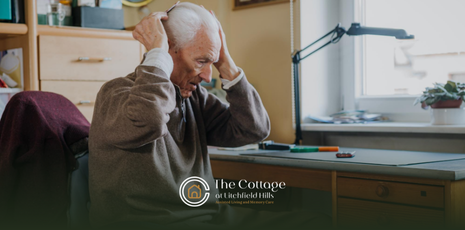Bone Health and Osteoporosis in Seniors: What You Need to Know

Key Highlights:
- Bone health is crucial for mobility, balance, and overall quality of life, especially as we age.
- Osteoporosis weakens bones, increasing the risk of fractures and injuries.
- A diet rich in calcium, vitamin D, and protein supports strong bones.
- Weight-bearing exercise and resistance training help maintain bone density.
- Regular screenings, early diagnosis, and appropriate treatments can prevent severe complications.
Understanding Senior Bone Health
Bone is a living tissue that constantly remodels itself throughout life. In youth, bones grow stronger, reaching peak bone mass by the late 20s or early 30s. After that, bone density gradually declines, and by age 50–65, the risk of bone loss increases, especially for women after menopause due to lower estrogen levels.
Maintaining bone health is essential for preventing fractures, staying active, and preserving independence. Osteoporosis, a condition characterized by porous, fragile bones, is a leading cause of fractures in older adults.
What Is Osteoporosis?
Osteoporosis literally means “porous bones.” In this condition, bones lose density and strength, making them more prone to breaks. Common areas affected include the spine, hip, and wrist.
Key facts about osteoporosis:
- It affects millions of adults worldwide, particularly postmenopausal women.
- Often called a “silent disease” because bone loss occurs without symptoms until a fracture happens.
- Risk factors include aging, family history, low body weight, hormonal changes, smoking, and certain medications.
Risk Factors for Bone Loss
Understanding risk factors helps in early prevention:
- Age: Bone density naturally declines with age.
- Gender: Women are at higher risk due to menopause-related hormonal changes.
- Nutrition: Low calcium or vitamin D intake can weaken bones.
- Lifestyle: Sedentary habits, smoking, and excessive alcohol consumption increase risk.
- Medical Conditions: Rheumatoid arthritis, thyroid disorders, and prolonged steroid use can impact bone health.
Signs and Symptoms of Osteoporosis
Osteoporosis often progresses silently. However, some signs may indicate weakened bones:
- Fractures from minor falls or injuries
- Loss of height over time
- Stooped posture or a curved spine
- Back pain caused by fractured or collapsed vertebrae
Early detection through screening can help prevent severe complications.
How to Maintain Bone Health
1. Nutrition for Strong Bones
A balanced diet plays a central role in bone health:
- Calcium: Essential for bone strength. Sources include dairy, leafy greens, almonds, and fortified foods.
- Vitamin D: Helps the body absorb calcium. Sun exposure and supplements may be needed.
- Protein: Supports bone and muscle health. Include lean meats, beans, and legumes.
- Other Nutrients: Magnesium, phosphorus, and vitamin K also contribute to healthy bones.
| Nutrient | Recommended Daily Intake | Food Sources |
|---|---|---|
| Calcium | 1,000–1,200 mg | Milk, yogurt, cheese, kale, broccoli |
| Vitamin D | 600–800 IU | Sunlight, fatty fish, fortified dairy |
| Protein | 0.8–1.0 g/kg body weight | Fish, poultry, beans, tofu |
| Magnesium | 320–420 mg | Nuts, seeds, whole grains |
| Vitamin K | 90–120 mcg | Leafy greens, broccoli, Brussels sprouts |
2. Exercise to Strengthen Bones
Physical activity stimulates bone formation and reduces loss:
- Weight-Bearing Exercises: Walking, jogging, dancing, or hiking help strengthen bones.
- Resistance Training: Lifting weights or using resistance bands improves bone density and muscle support.
- Balance and Flexibility: Yoga, tai chi, and stretching reduce fall risk.
Tip: Aim for at least 30 minutes of moderate exercise most days, combining strength, balance, and aerobic activities.
3. Lifestyle Choices for Bone Health
Simple lifestyle adjustments can significantly reduce osteoporosis risk:
- Quit Smoking: Smoking accelerates bone loss.
- Limit Alcohol: Excessive drinking weakens bones and impairs calcium absorption.
- Maintain Healthy Weight: Being underweight increases fracture risk; excess weight can strain bones and joints.
4. Medical Screening and Prevention
Regular screenings help detect bone loss early:
- Bone Density Tests (DEXA Scans): Recommended for women over 65 and men over 70, or earlier if risk factors are present.
- Fracture Risk Assessment: Doctors evaluate medical history, lifestyle, and family history to estimate risk.
- Medication: For those at high risk, medications like bisphosphonates, hormone therapy, or other treatments may be prescribed to strengthen bones.
5. Fall Prevention Strategies
Since osteoporosis increases fracture risk, preventing falls is critical:
- Remove tripping hazards at home, such as loose rugs or clutter.
- Use handrails in bathrooms and stairways.
- Ensure proper lighting in hallways and rooms.
- Wear supportive shoes and consider assistive devices if balance is an issue.
6. Complementary Approaches
Some adults explore additional methods to support bone health:
- Supplements: Calcium and vitamin D supplementation as recommended by a healthcare provider.
- Physical Therapy: Tailored exercises to strengthen bones, improve balance, and enhance posture.
- Holistic Practices: Tai chi and yoga improve balance, coordination, and flexibility, indirectly reducing fracture risk.
Final Thoughts
Maintaining bone health and preventing osteoporosis is essential for preserving mobility, independence, and overall quality of life. By focusing on nutrition, regular exercise, lifestyle adjustments, and preventive screenings, seniors can significantly reduce the risk of fractures and other complications.
At The Cottage at Litchfield Hills, residents benefit from supportive wellness programs, nutritious meals, safe environments, and personalized care that promote bone health while providing assisted living, memory care, and respite care options for seniors. Contact us today!
Frequently Asked Questions
At what age should I start thinking about bone health?
Bone health should be prioritized throughout adulthood, but risk increases significantly after 50, particularly for women after menopause.
Can osteoporosis be reversed?
While lost bone density may not be fully reversible, proper nutrition, exercise, medications, and lifestyle changes can strengthen bones and prevent further loss.
How often should I get a bone density scan?
Generally, every 1–2 years for those at risk or as recommended by your healthcare provider.
Are men at risk for osteoporosis?
Yes. Men are at risk, especially after age 70 or if they have risk factors like low testosterone, smoking, or certain medications.
What should I do if I suspect a fracture?
Seek immediate medical attention. Early treatment can prevent complications and promote healing.
Sources:
- https://www.nhs.uk/live-well/bone-health/keep-your-bones-strong-over-65/
- https://www.mayoclinic.org/diseases-conditions/osteoporosis/symptoms-causes/syc-20351968
- https://pmc.ncbi.nlm.nih.gov/articles/PMC5643776/
- https://www.hopkinsmedicine.org/health/conditions-and-diseases/osteoporosis/osteoporosis-what-you-need-to-know-as-you-age
- https://my.clevelandclinic.org/health/treatments/24753-bisphosphonates






